A tooth-colored coating is applied to the chewing surfaces of the teeth to protect them from cavities. This coating is painless and forms a protective layer for the teeth. It is also used to treat and prevent gum disease. Here are the benefits of sealants for teeth. Read on to find out how this treatment works and how it will help you. The next time you visit a dentist, consider getting a sealant for your teeth.
Table of Contents
Painless application
Sealants can protect your teeth from future tooth decay. Dental sealants help prevent tooth decay by creating an additional barrier over the back molars. These protect your teeth by preventing the buildup of plaque and food particles. Combined with regular dental checkups and comprehensive oral care, dental sealants can help you give your child the best possible start in life. Read on to learn more about this procedure. The process is fast and painless!
When dental sealants are applied, the dentist first cleans your teeth thoroughly. Next, the dentist applies a special acidic gel to the teeth surface. This roughened surface helps the sealant adhere to the tooth. The process is quick and painless. Most patients report little to no pain during the procedure. However, many people are scared of the dentist, so the painless application of dental sealants is a welcome change.
Although dental sealants are effective at preventing cavities, they are not a cure for decay. In addition to preventing cavities, they prevent plaque from forming around the teeth. If you have already developed cavities, a dental sealant can protect your teeth from further damage. Once applied, your dentist can monitor the sealant and ensure that it does not deteriorate any further. It's important to remember that dental sealants contain tiny amounts of BPA, which can be harmful if you're susceptible to it. Although this is a small amount, BPA is not insignificant and is present in many cosmetic products.
Dental sealants are a fast, easy way to protect your teeth from cavities. These protective coatings contain fluoride, which gradually builds up on your teeth. The process also improves oral hygiene. Sealants create a barrier over the chewing surfaces, so bacteria and food particles don't build up in the grooves. This leads to healthier, stronger teeth. And since dental sealants are painless, there's no reason to put off getting them!
Protective coating on chewing surfaces
Dental sealants are a protective plastic coating that is painted onto the chewing surfaces of teeth. These coatings fill in naturally occurring grooves and fissures on the teeth, providing a barrier against plaque and acid. These sealants are highly effective, reducing the chances of tooth decay by 70 percent. But the safety of dental sealants has come under fire, and some recent news articles have questioned their safety. One of the ingredients in dental sealants, bisphenol A, is found to weakly mimic estrogen.
Sealants are thin plastic coatings that adhere to the chewing surfaces of back teeth. These coatings prevent cavities in small grooves caused by leftover food and acid from collecting on the teeth. Since four out of five cavities occur in children's back teeth, a sealant helps prevent cavities by preventing food particles and bacteria from collecting in these crevices. Unlike regular dental cleaning methods, sealants are safe for children and adults alike.
Children with back teeth with deep grooves may require sealants. Sealants are thin protective coatings painted on the chewing surfaces of molars to prevent tooth decay. Deep grooves make it difficult for children to properly brush their teeth, causing food to become lodged there and lead to a cavity on the chewing surface. If these grooves are not treated, it could lead to tooth decay and even a painful extraction.
Dental sealants are clear, plastic coatings that can protect the back teeth from cavities for years. These coatings are completely invisible, blending in with your teeth. Dental sealants can last from one to three years. The most common type of dental sealants are bonded to the chewing surfaces of back teeth. The process can reduce cavities by 80 percent and prevent up to 50% of them. This type of treatment has a proven track record and is supported by science.
Prevents cavities
Dental sealants are an excellent way to protect your child's teeth from tooth decay. Children are more susceptible to cavities than adults, so sealants can help protect your child's teeth during this critical stage in their development. Studies have shown that sealants can prevent 80 percent of first-molar cavities compared to children without sealants. Sealants are inexpensive and a great way to prevent cavities while your child is still young.
These protective coatings are thin plastic coatings applied to the chewing surfaces of your back teeth. They prevent bacteria from getting to these areas, and create a smoother surface that is easier to clean. Sealants were developed in the 1960s and have been used widely ever since. Everyone has bacteria that cause tooth decay. These bacteria feed off the sugars found in food, and produce acid that breaks down enamel and leads to cavities. Sealants prevent this bacteria from reaching these areas and thus prevent cavities from developing.
Children who have dental sealants will continue to practice good oral hygiene habits as they grow. As long as the sealants are applied correctly, children should continue to brush and floss their teeth as they would without them. Unlike traditional dental fillings, sealants are not 100% effective at protecting teeth from cavities. Nevertheless, they will save the child from costly dental treatments in the future. As a result, many pediatric dentists are now offering dental sealants for molars.
While the dental sealants are not completely effective in preventing tooth decay, they can still prevent a lot of dental problems. Sealants are thin plastic coatings that are applied to the teeth and harden when exposed to special UV light. These coatings can prevent cavities by keeping food out of the teeth and preventing bacteria from settling on them. In addition, they can help keep your teeth clean during storms. Therefore, it is important to visit your dentist regularly for regular cleanings and checkups to ensure the sealant is still protecting your teeth.
Benefits
The benefits of dental sealants for teeth extend well beyond the aesthetic benefits of the procedure. They also save money. If you do not have dental insurance, you can be out thousands of dollars in the long run. In contrast, if you take care of a cavity as early as possible, it will cost you much less than corrective treatment. Sealants can be applied to both the teeth and the gums, making them effective against decay in both cases.
These treatments are effective for preventing tooth decay and are beneficial for both children and adults. It is best to have sealants on the permanent molars of children around age six. The second molars break through around age 12. Sealants protect teeth through the cavity-prone teenage years and adolescence. By protecting teeth early, they can save their adult teeth and spare them from future dental work. The benefits of sealants for teeth are well worth the cost.
Compared to traditional fillings, dental sealants are painless and quick. Patients are given an acid solution to prepare the teeth for adhesion of the sealant. The acid solution creates a rough surface on the tooth, which helps the sealant adhere to the tooth. The sealant is then painted on the teeth and hardened under ultraviolet light. Afterwards, the patient can chew food and drink without worrying about the appearance of the sealant.
The benefits of dental sealants go far beyond cosmetic appearance. These materials are highly durable, and they will not wear off by normal eating and brushing. They are also affordable, which makes them a good option for anyone's dental care budget. They can help prevent cavities, erosion, and more! They can also protect the teeth of adult patients, too. So, if you are considering dental sealants for teeth, be sure to consult a dentist first.
Cost
Dental sealants can be placed on the teeth of a baby or a child, depending on the age of the patient. The cost of dental sealants varies, depending on the number of teeth. If you're paying out of pocket, it's worth researching the cost of sealants before making an appointment. However, some private dental insurance plans cover the entire cost, while others only cover specific treatments for children. For adults, sealants are not covered by dental insurance.
While sealants can prevent tooth decay, they're not a replacement for a good oral hygiene routine. You should brush your teeth twice a day and floss at least once a day, and it's especially important to supervise your children while brushing their teeth. You should also take your child to the dentist for regular checkups, since your sealants may need to be repaired at some point. The dentist will make sure that your child is brushing and flossing properly.
Adults who have mild cavities can be treated with small fillings. But adults may have deeper pits or fissures that need to be treated with a sealant. The sealant will prevent further tooth decay and will last for several years. You should also keep up with your oral hygiene, which will help extend the sealant's life. Even if your teeth are healthy, a sealant can still result in a high cost.
For those who qualify for Medicaid, dental sealants are covered by this plan. They're usually applied by your dentist using a thin, plastic material that will be hardened with a high-intensity light. In general, these treatments cost around $500. But if you're worried about the cost, they're a great investment to protect your child's teeth. A dental sealant can also help maintain the healthy development of your new teeth.

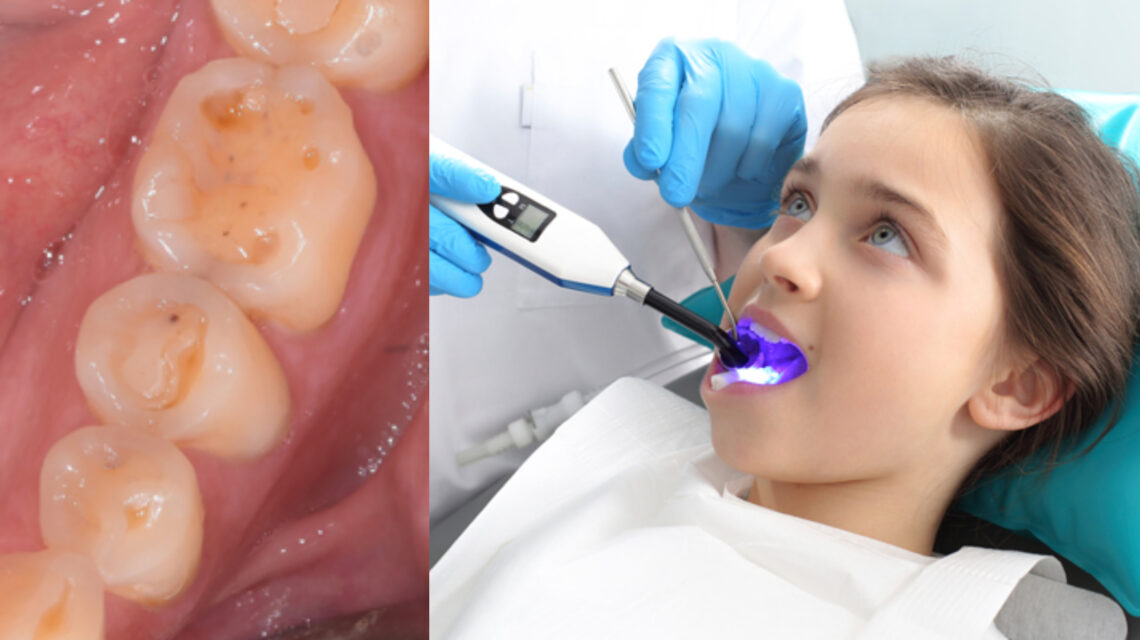

 The Diversity of Mouth Bacteria and the Role of Oral Hygiene
The Diversity of Mouth Bacteria and the Role of Oral Hygiene 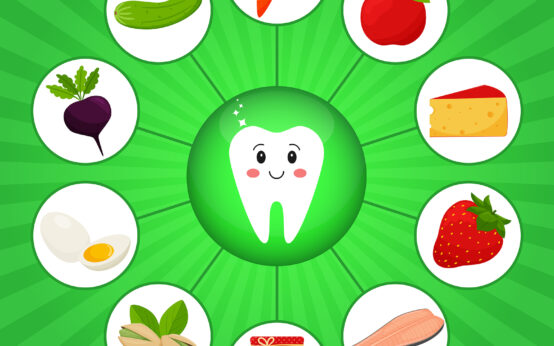 Healthy Teeth and Gums
Healthy Teeth and Gums 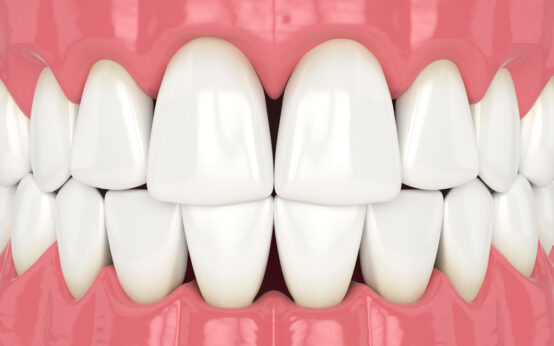 Which is the Best Way to Whiten Teeth at Home?
Which is the Best Way to Whiten Teeth at Home?  Three Approaches to Oral Brushing
Three Approaches to Oral Brushing 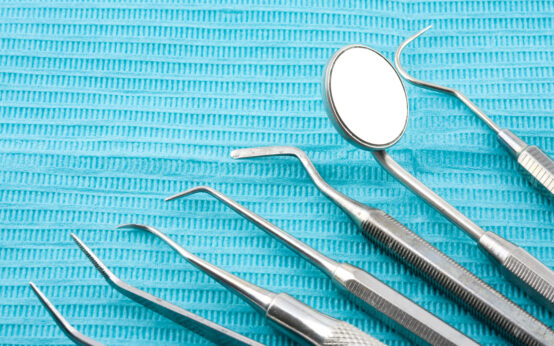 Dentists and Dental Instruments
Dentists and Dental Instruments 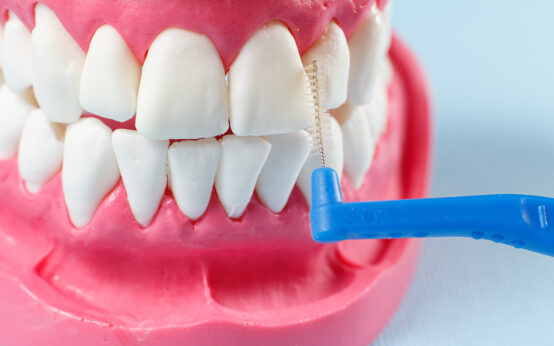 How to Stop Bleeding When Flossing With Interdental Brushes
How to Stop Bleeding When Flossing With Interdental Brushes